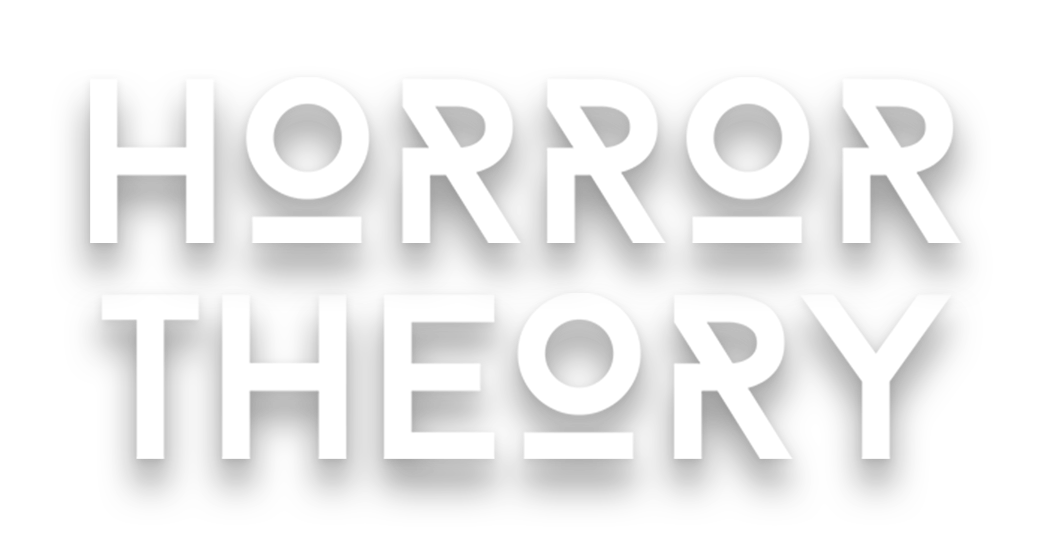There’s a reason why haunted-house films are such a welcomed mainstay in the horror genre. The house as a safe space and sanctuary from a dangerous outside world makes the concept of a haunting a nearly universal relatable fear. Haunted house horror flicks don’t need to reinvent the wheel; they just need to provide genuine and consistent scares and provide enough originality, plot progression, and character development to justify its existence. We Are Still Here succeeds on all counts, telling the story of parents who move to a new home in rural New England after the death of their son and find themselves fending off vengeful spirits that haunt the house.
We Are Still Here was released at South by Southwest and was distributed by Dark Sky Films, which also released Southbound, Innkeepers, and The House of the Devil. It marked the directorial debut of Oregon-born filmmaker Ted Geoghegan, who went on to direct 2017’s political action-horror film Mohawk and 2019’s comedy horror film Satanic Panic.
Like many of the horror films in this 31-day marathon, We Are Still Here was received much more favorably by critics than by audiences– with critics praising the macabre atmosphere and sympathizable protagonists and audiences finding the pacing to be too slow and the frights in short supply. The discrepancy between the Tomatometer rating (95%) and the Audience Score (48%) on Rotten Tomatoes is considerable, but I certainly side with critics on this one:

The film takes place in 1979 and follows married couple Anne and Paul who move to a new home in a small New England town after they lose their young son Bobby in a car crash. Anne, who is consumed with depression, immediately feels spirits as they move into the new home and suspects that Bobby’s spirit resides there. However, a visit from Anne and Paul’s new neighbors comes with a warning: that within the house may reside a more sinister presence.
Their neighbor explain that the house was built in the 1800s by the Dagmar family as a funeral home before they were chased out of town for selling dead bodies and burying empty caskets– sprinkling in some casual racism for good measure, elaborating on a local rumor that the family had sold the dead bodies to “the Orientals over in Boston” who used the bodies to make chop suey. As Anne and Paul enter the town for dinner, they notice that everyone in town seems traumatized and suspicious of them as outsiders.
Dave McCabe: It’s been 30 years since we’ve had fresh souls in the Dagmar house…
Paul Sacchetti: I think we can call it the Sacchetti house now.
Dave McCabe: Oh, it’s still Dagmar’s house.
In the spirit of so many horror classics that take place in a remote setting, the grief Anne and Paul experience as they mourn the passing of their son are worsened by the isolation. That they’ve moved to a new small town where everyone knows everyone else means that they are forced to navigate the sometimes overwhelming social conventions that come with meeting rural locals, which is made even more distressing by the fact that the townsfolk are suspicious of them.
We Are Still Here is presented with a widescreen aspect ratio of 2.39:1, which helps to emphasize the shuddersome landscape of the snow-blanketed town. It also lends itself to the mood as viewers scan the dark corners of the screen for what hides in the shadows– particularly the scenes that take place in the house’s basement boiler room. The undead antagonists of the film are also made more terrifying by excellent special effects that make them appear coated in burning flesh with only their white eyes visible through the darkness. Additionally, the sound design includes haunting crisp and sizzle sounds that the charred bodies make as they move and attack, emitting sounds of charred meat slapping against fiery coal.
The intermarital conflict between Anne and Paul occurs throughout, because they both seem to be in vastly different stages of grief. While Paul has passed Denial, Anger, Bargaining, and Depression and is now in the Acceptance phase, Anne appears to be stuck in denial– believing that their son Bobby to still be with them. While this is generally the gendered dynamics of horror films (the unemotional husband and the sensitive wife), We Are Still Here doesn’t suffer from the oft-used trope of the husband who borders on emotionally unavailable or even gaslighting. He’s patient and understanding, making it easier to sympathize with them both to prevail.
We Are Still Here feels like the sort of movie that is best viewed projected on a big screen as a double feature along the likes of The Shining or Poltergeist. The haunted house indie feature contains many hallmarks of the subgenre, from the stubborn husband who insists on moving into a clearly haunted remote house to the seance attempt that only angers the demonic presence. Still, We Are Still Here is elevated by its mesmerizing throwback style and a thoughtful exploration of the anxieties of grieving parents– making it a must-watch for patient horror viewers with an appetite for supernatural dread.
***
We Are Still Here is available on blu ray, DVD, and digitally here. And be sure to check out the other entries in the The 31-Day 2010s Fear & Now Horror-Thon right here on Horror Theory.
